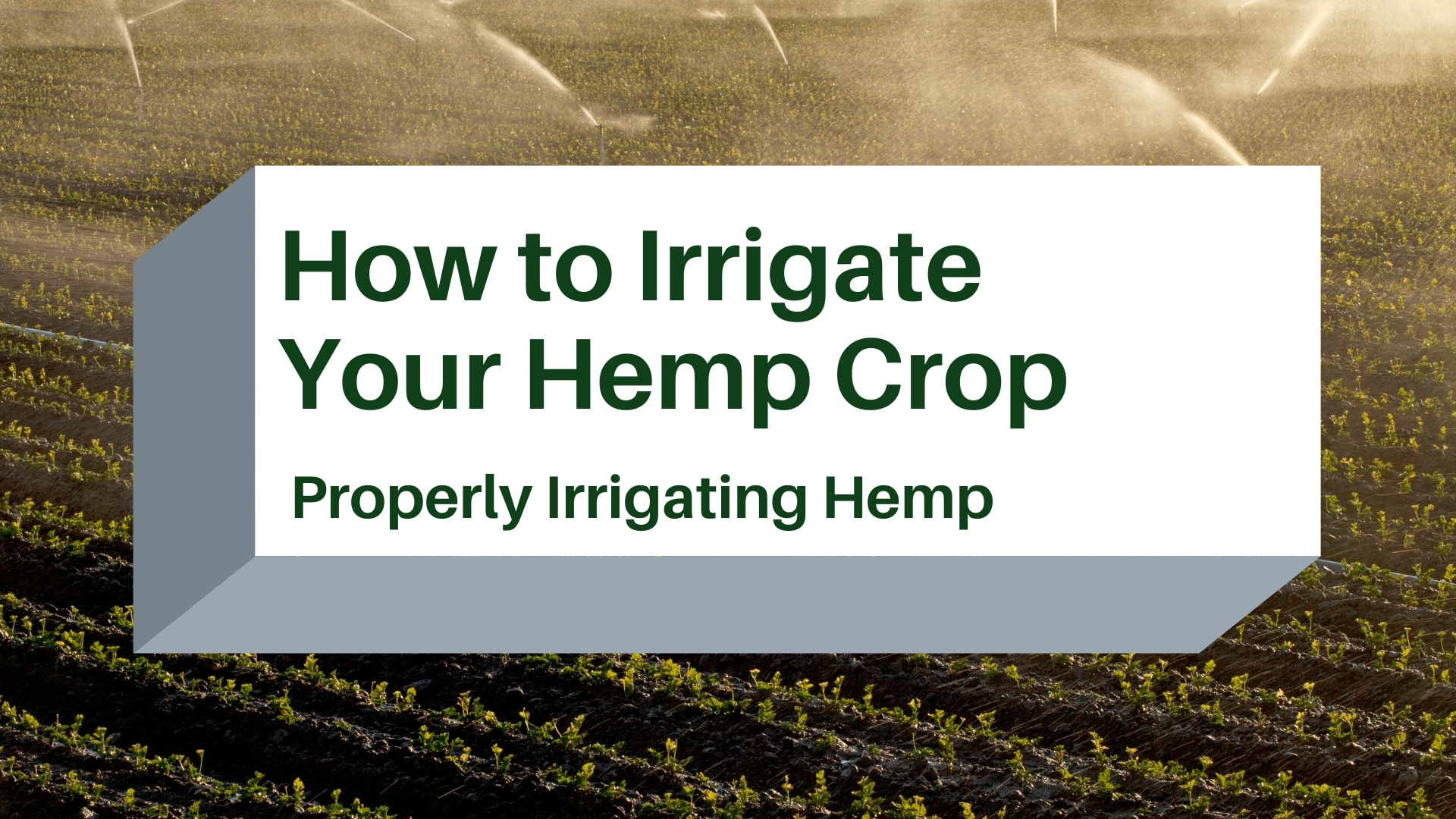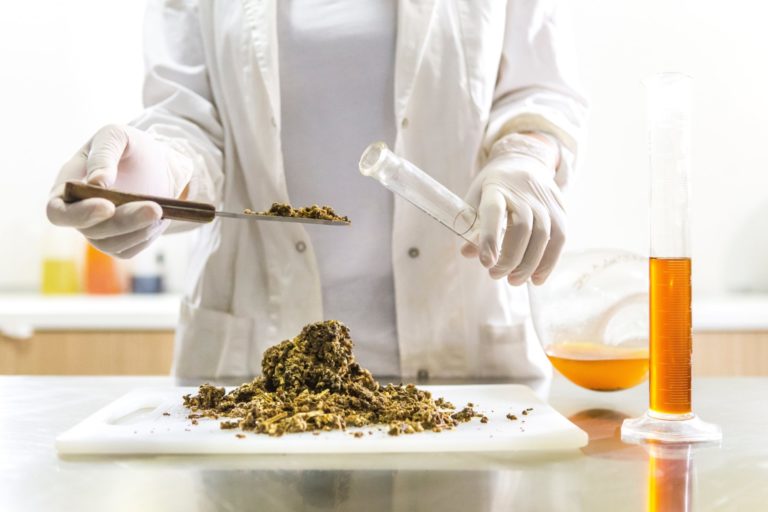By nature, industrial hemp is notoriously known as a hardy, resilient crop. This plant has historically been grown in just about any climate imaginable, doesn’t require particular soil quality, and has the ability to deter most types of pests on its own. However, when cultivating hemp for the purpose of CBD extraction and even smokable hemp flower, the requirements and what the plant truly needs can change drastically. You don’t just want the plant to thrive; you want the plant to flourish, and water is a big part of that. Therefore, getting to know the ins and outs of hemp water use and how to irrigate a hemp field for maximum quality of the cannabinoids and terpenes will be vital to a healthy crop yield.
A Closer Look at the Water Needs of Hemp
Does hemp use a lot of water? Not necessarily, but hemp does need consistent water. The highest-quality plants come from moist but not overly saturated soil. Too much water and hemp can be prone to mold and disease, which degrades any possibility of harvesting buds with good quality. Too little water and the cannabinoid and terpene profiles of the plant are detrimentally affected. Therefore, those getting started with agricultural hemp production must do their due diligence to understand how much water their crop will need.
How to Irrigate a Hemp Field Properly
To deliver moisture consistency, you will likely have to irrigate no matter what climate you’re cultivating your hemp in. On your search for how to irrigate hemp, you will no doubt come across a lot of different setups. Pivot irrigation (supplying water from above) and flood irrigation (pooling water around the plants) are two examples. Both overhead and pooling water can pose risks to the hemp; one puts foliage at risk of too much moisture and the other puts the roots at risk of over-watering and losing nutrients. With that being said, hemp farm irrigation systems with a continuous drip setup tend to be the most viable.
The Benefits of Drip Irrigation Systems for Hemp
Drip tape irrigation for hemp offers the most cost-effective and functional setup while delivering precise amounts of moisture to the soil. Drip irrigation delivers multiple other advantages, including:
- Water is delivered straight to the roots
- The process is highly efficient
- Leaves remain dry to reduce chances of mold or disease
- Does not alter aeration levels of the soil
- Flexible setups that can be installed above or under the ground
Another advantage, drip setups allow the farmer to gain total control over how much water is used. If they are raising a specific strain that requires less water, they can accommodate those plants or vice versa. Likewise, some drip irrigation systems can be used to distribute nutrients to the soil in a perfectly measured way. You can find out more about the best soil for raising hemp here.
High-Quality Hemp Products Start with Best-Growing Practices
Whether you are just getting started with growing hemp or you’re transitioning from industrial hemp to hemp specifically for cannabinoids, you will spend a lot of time getting to know the water needs of your crop. At Hunger Mountain Hemp, we’ve put a lot of time into honing our cultivation process so we yield premium-quality end products. Take a look at our top-shelf collection of hemp extracts, topicals, and hand-trimmed flower to see what a difference experienced growing practices make.
Copyright © 2025 Hunger Mountain Hemp |
Site by CannaPlanners





